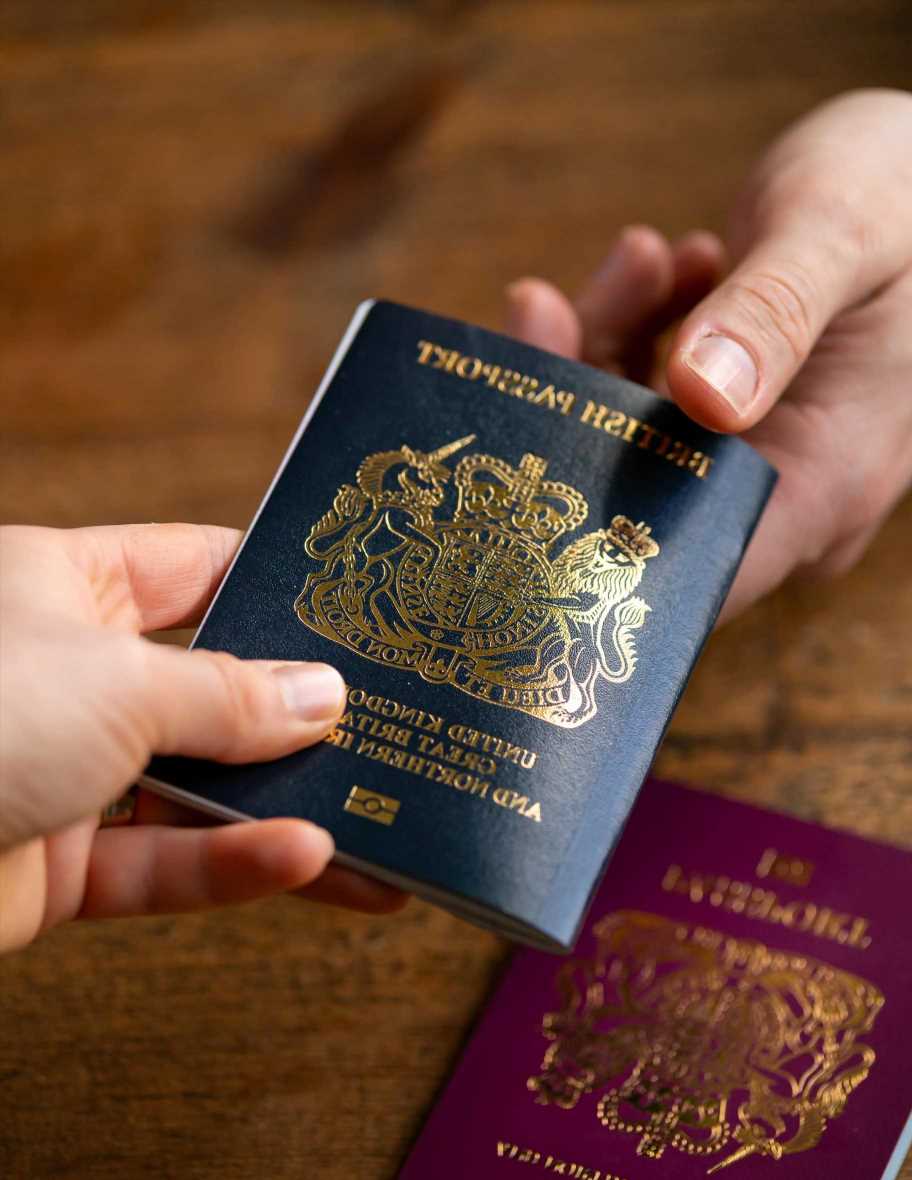On the face of it, it looks as though the beauty industry has come a long way in terms of diversity.
Strides to create inclusive makeup ranges have been made, with a greater variety of shades, more diverse advertising and models front and centre of many campaigns.
However, these positive changes are not across the board, and more often than not it is only the higher priced brands – such as Fenty, MAC Cosmetics and Pat McGrath Labs – that are walking the walk in terms of inclusive change.
MAC’s iconic Studio Fix foundation has 67 shades with different undertones for example, while Fenty’s bronzer and blush shades are larger than most.
But many of the cheaper, and therefore more ‘accessible’ brands, just haven’t caught up – and are still failing to cater for an ethnically diverse customer base. This means that only those who can afford the high-end brands can reap the benefits of a wider variety of shades and tones.
A study from 2021 by Superdrug found that Black and mixed-heritage consumers can’t easily access beauty products that are suitable for their skin and hair types on the high street.
As many as 41% of respondents said they find it difficult to buy makeup shades that match their skin tone. The Black Pound Report 2022 also showed around 40% of Black female shoppers struggle to find appropriate shades.
If the affordable brands we grew up on – like Rimmel, 17 and Collection – aren’t classist, they’re almost certainly neglecting the needs of ethnically diverse people.
Go to a counter in Boots or Superdrug and you’ll be met with beige sea, plus a couple of token shades for darker skin chucked in for good measure.
Why, in 2022, are we still here, and why are drugstore brands lagging behind luxury ones?
Where are the missing shades?
‘If you don’t see your shade on the shelf it’s because you’re not valued,’ says beauty journalist Ateh Jewel.
Ateh, who is in the process of launching her own makeup line later this year, knows this issue only too well, being on the inside of an industry that still has a diversity problem.
She has seen brands fall short of creating an inclusive space for customers throughout her career.
‘I’ve been told there’s no space on counters or shelves for darker shades, or that people have prioritised lighters shades – which is ridiculous and strange in itself,’ she adds.
‘It’s so racist. I’ve been told this is the way things have been done for 30 years and nothing is going to change in terms of development.
‘The bottom line is in a lot of big brands, no one looks like me in the labs or on the boards and people don’t really care.’
Lower-cost beauty brands are meant to be more accessible and inclusive – not only in terms of available shades, but also economically. Not everyone can afford a £40+ foundation.
It means that Black and minority heritage people – who in the UK are more likely to face poverty – regularly can’t find suitable shades across products, from concealer to blusher, and have to shell out more to get what they need.
The real makeup shopping experiences of ethnically diverse women
Sharnece, a Black 20something working in London, says:
‘It’s impossible to shop with cheaper brands. For my skin, I always have to spend more on a brand like MAC or Bobbi Brown. All the high street brands, they just don’t cater for those with different ethnic backgrounds – it’s really hard to find even a powder.’
Kiran, a 26-year-old former beauty PR from Yorkshire, says:
‘A lot of the drugstore brands can’t get the undertones right for my skin. I only go in Superdrug because they sell EX1, which is a brand made for Asian skin tones. As for other products, I miss out on affordable “cult classics” that have rave reviews due to poor shade ranges.’
Lekha, 31, who is Indian, feels similar:
‘The range of blushers, contouring products and bronzers aren’t inclusive enough. I’ve often picked up a drugstore contour stick and found it was too pale for me but there’s only one or two shades to choose from. I don’t have fond associations of those brands.’
What makes it on to the shelves – and why?
To understand why lower cost beauty brands are so behind the times, we need to understand how shelf space works.
We reached out to Boots for their insight, but they chose not to respond.
Turning to Heena Mohammed instead, a beauty buyer at John Lewis with shelving expertise, she reveals that brands themselves often get to select which products are allocated shelf space when it is limited and the retailer is unable to stock a full range.
‘When it comes to makeup, shades are usually decided by the brand,’ Heena says.
‘However, we always work closely with our brands to make sure they are offering something for all our customers.’
Although, one anonymous expert informed us: ‘I know of brands who have declined retail space as they don’t feel the chosen product selection [by the retailer] represents their line up,’ suggesting brands don’t always get the final say.
A spokesperson for Superdrug informed us that ‘if a brand has a smaller cosmetics stand then they will have to be more selective about the number of shades placed in-store’, while the full range will be available online.
It’s a complex process, but even in our digital age, shelf space is important. Many people don’t want to take their chances shade matching online, particularly when lower cost makeup brands don’t have the sophisticated AI online tools luxury brands pioneered in lockdown.
Looking at a Revlon shelf in a branch of Boots for their Full Cover Foundation, only eight shades were given space (image above). Only one of those shades veered into ‘dark’ territory, though it’s still light on that spectrum of hues.
Online, there are 18 shades of this foundation, with some deeper options. You have to ask how the choice was made about which 10 shades to abandon.
This takes us back to Ateh’s experience, and the long-held notion that the ‘bestselling’ (often pale to medium) shades are prioritised on shelves – if darker ‘nudes’ are never given the same platform, how will consumers ever know there are darker options, and how will brands ever be pushed to create more dark-skin suitable makeup?
Are luxury brands free of the diversity problem?
This problem certainly exists in the luxury market too, but at a lesser capacity.
When Fenty launched in 2017, the brand set a new precedence and expectation for makeup inclusion. Many mid-luxe brands heard the change in mainstream opinion and followed suit.
Nowadays inclusion is a more common conversation, with beauty fans calling brands out when a shade range is lacking – that wasn’t happening so widely a decade ago.
In 2021 for example, Clinique launched a foundation in 42 shades – all of which bar two were aimed at white skin. The comments section under a Trendmood post (a beauty fan Instagram account) on the product is full of outrage.
‘This shade range HAS to be a joke right. Someone tell me they’re not this f*cking stupid?’, one person wrote.
Disrupting entrenched attitudes
It’s all well and good for consumers to point out the obvious, but for real change to occur, a culture shift needs to happen at the top level of these brands.
The Diversity, Equity, and Inclusion in the Beauty Sector Report by Cew UK found that just under half of beauty businesses are missing ethnic minority representation on their boards and 51% have the same problem on their executive committees.
If a mix of people aren’t in the room, history will repeat itself – ethnic minorities will continue to be ignored.
Ateh says: ‘People don’t think diverse shade ranges are worth the development.
‘I was told by a chemist I should choose foundation colours for my own line [Ateh Jewel Beauty] that “look nice on the shelf”, which was shocking.
‘What is being reflected back to you is the imaginings of a middle aged male white chemist.
‘There’s a lot of old world thinking, and there’s been a strange beauty apartheid because of racism – because it doesn’t make sense, why there isn’t something for everyone at all skin tones and all price points.
‘One marketing director once told me they were looking to do market research on whether Black people would buy products if there were more shades,’ she scoffs.
A 2016 study by Nielsen shows Black consumers spend eight to nine times more than white people on beauty, which is unsurprising, given lower cost brands seemingly aren’t an option.
It’s a statistic that challenges the long-held racialised myth that Black people have less money to spend on makeup – evidently, they are spending it.
Where do we go from here?
While Black business founders are launching their own beauty brands, many aren’t ‘cheap’, given their smaller customer base and start-up costs. Ateh’s upcoming brand will be priced in the luxury space too.
It’s not up to minority heritage people to do the work here – it’s an issue that larger corporations need to take ownership of.
Budget brand The Ordinary shows keeping costs low while still catering to more skin tones is possible.
Their foundation ranges, costing £5.90, have recently been expanded in the US to come in 36 shades distributed evenly across the spectrum (currently in the UK there are 21, with more light than dark shades).
When asked how they’ve kept the low price, a spokesperson told us they focus on ‘simplicity’, which can be seen in the basic yet functional packaging.
They said: ‘Several factors have helped keep our costs low, this includes formulating our products in house, optimising our formulas, and keeping our packaging simple.’
Meanwhile No7, a long-standing Boots brand, has developed their technology for creating foundation shades so it’s more inclusive.
Joanne Watson, a qualified colour scientist working for the brand, tells us: ‘We constantly review where we’re at… It’s never stationary [when it comes to expanding shade ranges].’
Work is being done in this space, but is it enough? Even with No7’s latest shade update and better technology, there are still more light than dark shades in their newest foundation launch.
Meanwhile at Superdrug, in 2021 they increased the number of Black-founded brands stocked by 5% and later this year plan to launch their ‘most inclusive own brand cosmetics shade range to date’ – though images are yet to be seen.
The retailer also claims to have adopted the Halo Code, retrained staff on inclusivity, brought in new brand visuals and diversified representation across the business.
However, back in 2018, Superdrug wrote to all of their make-up suppliers requesting they ‘extend their shade ranges and create more products for women of colour, advising that any which were not inclusive would not gain space in Superdrug stores’ – four years on, brands that don’t fit this bill still have shelf space.
Progress is happening, but it appears to be happening far slower than necessary.
Once those with the power decide greater inclusion is important – from shelf space to formula innovation – ethnically diverse people won’t have to fork out so much for a decent makeup look.
Boots and Revlon were contacted for comment but are yet to respond.
Do you have a story to share?
Get in touch by emailing [email protected].
Source: Read Full Article



